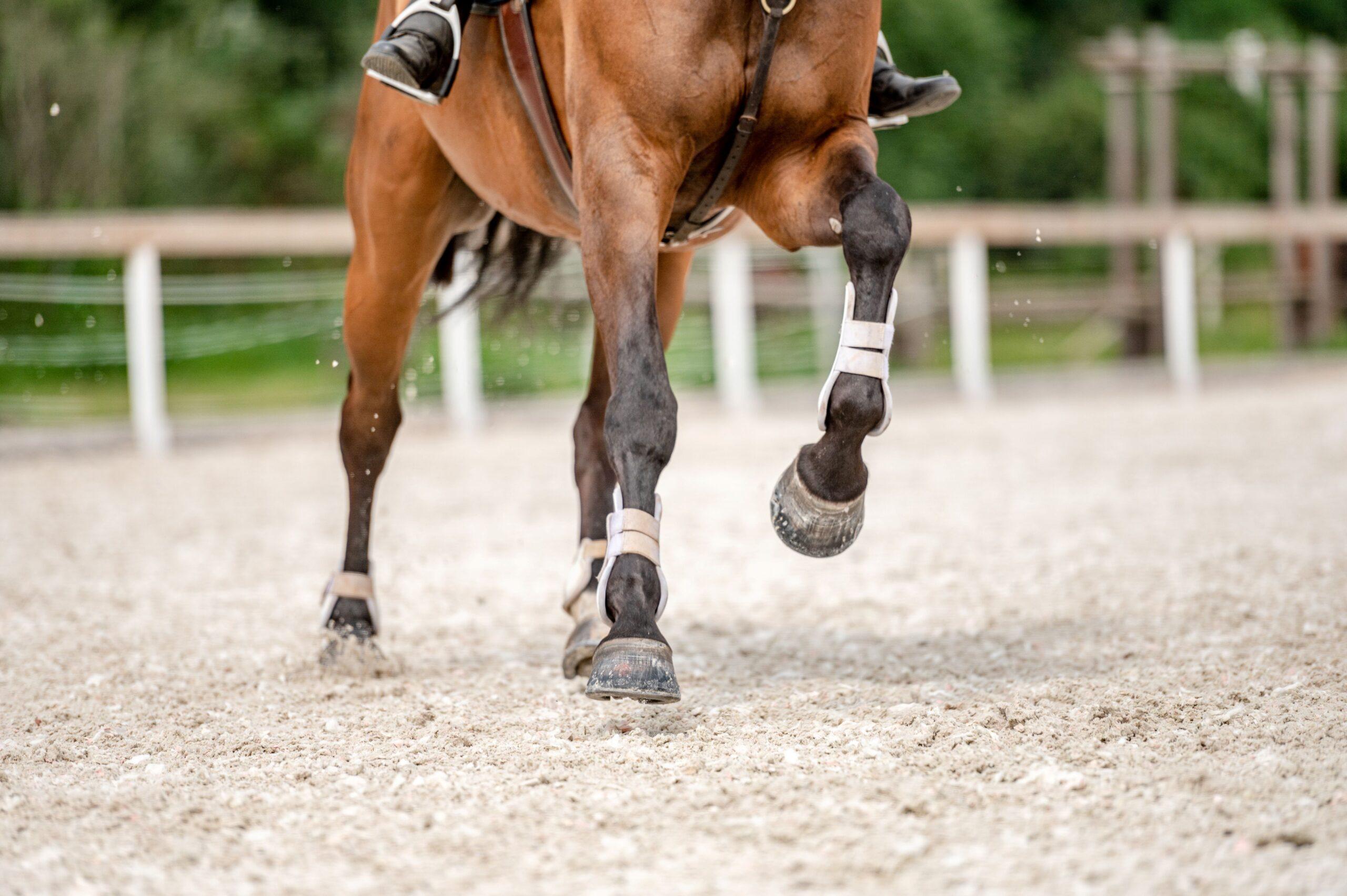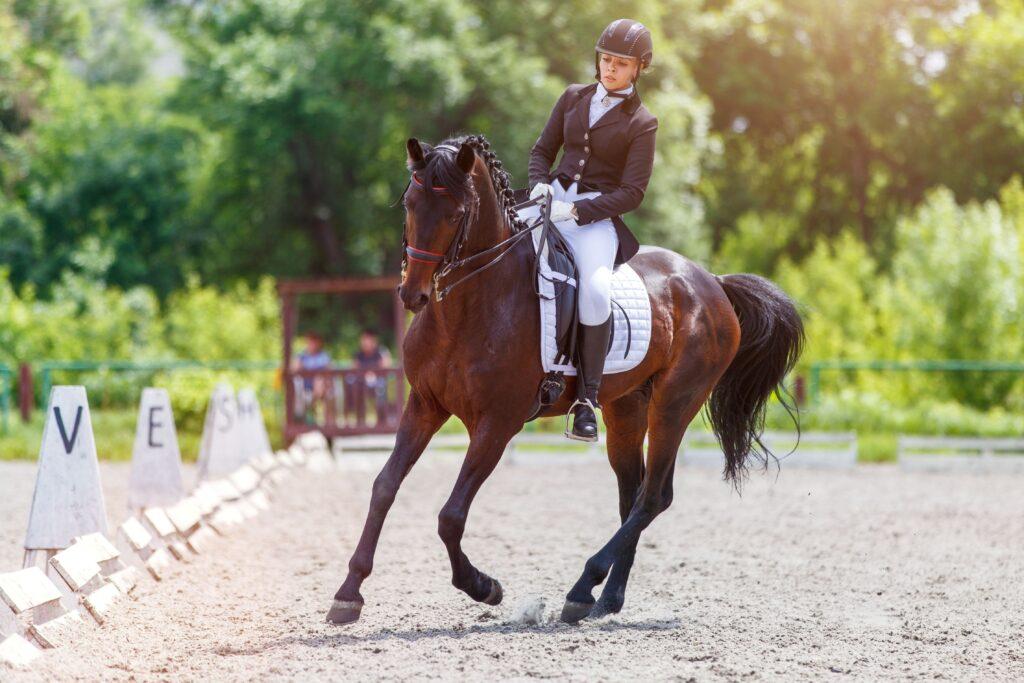Choosing the right equitation horse for sale is a major decision — especially for riders aiming for performance, reliability, and long-term success.
From amateurs to pros, selecting the right partner means more than checking pedigree or price. It’s a strategic process shaped by experience and clarity. This post reveals how professionals approach that choice — and how you can, too.
Why Your Buying Process Should Mirror That of Professionals
Professionals don’t rely on gut feeling or marketing gloss. Their decisions are based on structured evaluation — from the horse’s past results to biomechanics and trainability. Unlike casual buyers, they don’t just “fall in love.” They filter emotion through a checklist of hard facts.
Professionals know: equitation horses for sale come with complex variables. Age, temperament, schooling, and even future rider compatibility need to align. A trial ride alone rarely tells the full story. That’s why pros take a systematic approach — and why you should, too. It reduces risk, improves outcomes, and maximizes your investment.
Step One: Define Purpose First, Not Preferences
Most failed purchases happen because the buyer doesn’t define their goal clearly enough.
Before viewing any horse, professionals ask:
- What’s the exact purpose of the horse? Competition at L/M level? Amateur riding with stability and ease? Resale?
- Who will ride it, and how often? A young, athletic rider or a less experienced amateur?
- Which qualities are non-negotiable? For example: must be safe in traffic, able to travel alone, or show recent competition results.
Buying without this clarity is like shopping for a car without knowing whether you need off-road or Autobahn performance.
Don’t Skip the Paperwork: It Tells a Bigger Story
Documentation is not bureaucracy — it’s insight. Here’s what professionals always request:
- Vet records (recent X-rays, surgical history, treatment log)
- Breeding papers (especially relevant for resale value or future breeding)
- Competition record verified by FEI, national databases or video evidence
- Training history – where, how, and by whom the horse was educated
Each document is a puzzle piece. Put them together and you get a realistic picture of the horse’s value and limitations.
The Test Ride: It’s Not About Feeling “Wow”
Many amateurs decide after five minutes in the saddle. Professionals ride with a plan.
They check:
- Responsiveness and balance across gaits
- Reaction to new environments if tested off-property
- Rider-horse harmony in transitions and collection
- Behavior post-ride – is the horse anxious or relaxed?
This data-driven approach prevents emotional bias. A horse might feel powerful but be biomechanically inefficient. Or charming but mentally overstrained. A pro spots this in moments.
Why Independent Input Matters

Even seasoned buyers bring in external advisors — trainers, vets, biomechanics experts. Not because they lack experience, but to remove blind spots.
An independent vet check is standard. But biomechanical evaluations are rising: how does the horse move, carry weight, and handle collected work?
If possible, consult a neutral third party — someone who does not profit from the sale. While not entirely independent, some professional sellers, like Jens Wawrauschek Horses GmbH, actively promote transparency and buyer education. That’s a rare quality in a market often driven by speed and commercial pressure — and a sign of a seller who values long-term relationships over quick deals.
✅ Professional Pre-Purchase Checklist for Equitation Horses
Use this structured checklist before scheduling any viewing. It helps you prepare strategically and avoid costly missteps when evaluating equitation horses for sale.
| ✅ Check | 📝 Clarify This Before the Viewing |
| ☐ Clear performance goals are defined | Target level (e.g. 1.20m show jumping, medium-level dressage), timeline, and expectations |
| ☐ My trainer has reviewed the horse’s profile | Share videos and background for a second opinion |
| ☐ Seller’s reputation is verified | Research past sales, competition history, client reviews |
| ☐ Transport and quarantine are planned | Especially relevant for international purchases |
| ☐ Legal ownership is confirmed | Request official papers and verify name on passport |
| ☐ Insurance consultation is complete | Check coverage eligibility and vet exam requirements |
| ☐ Daily routine and environment are known | Feed, turnout, handling, stabling — consistency matters |
| ☐ Non-negotiable traits are listed | Must hack alone? Safe for amateurs? Proven at shows? Be specific |
| ☐ Post-sale support is discussed | Return policies, trial period, training support, etc. |
| ☐ A neutral vet is pre-selected | Ensure no affiliation with the seller or agent |
| ☐ Current training intensity is understood | Know how often and by whom the horse is worked |
Risk Assessment: Red Flags Pros Never Ignore
Professionals are trained to spot subtle warning signs:
| Situation | What It Might Signal |
| Horse is not presented by regular rider | Behavioral issues or mismatch in training |
| Recent switch of ownership | Possible medical or performance problems |
| Overly polished video edits | Hiding inconsistent movements |
| Refusal to allow pre-purchase vetting | Attempt to conceal health issues |
You don’t need decades of experience to notice these — just a checklist and awareness.
Negotiation Isn’t About Pushing Down Price
A pro knows the asking price is just a number — not a verdict. They negotiate with respect, but precision.
Key tactics:
- Reference comparable horses with similar competition levels
- Bring expert opinions to the table (trainer, vet, video analyst)
- Offer fair timelines for vetting and trial periods
- Clarify responsibilities (transport, passport transfer, insurance, etc.)
A respectful, informed negotiation increases your credibility — and often secures better terms.
Timing Matters More Than You Think

The best horses are rarely on the market long. But professionals don’t rush — they prepare.
They build relationships with trusted sellers months in advance. They study bloodlines and track competition performance well before a viewing. And when a match appears, they move quickly — but never blindly.
That’s the balance: fast, but not rushed.
The Professional Method Is Replicable
You don’t need to be a Grand Prix rider to buy like one. But you need a method — not a mood.
From defining your goals to decoding documentation, testing with purpose, consulting experts, and negotiating like a peer — the professional mindset transforms horse buying from emotional gamble to calculated decision.
A Strategic Choice You Won’t Regret
The best investments are rarely impulsive — they’re informed. When you take the time to evaluate equitation horses for sale like a professional, you increase the odds of a lasting, rewarding match. The difference lies in discipline, not just experience.
🟩 Buy with clarity. Ride with confidence. Decide like a pro.
Image source: skumer, Kedsaraporn, Eliška, Adobe Stock

